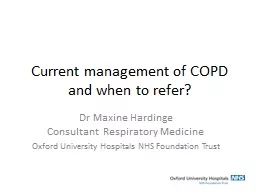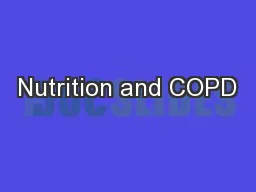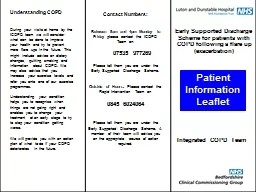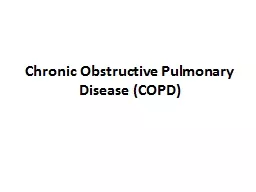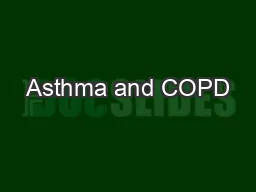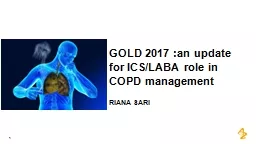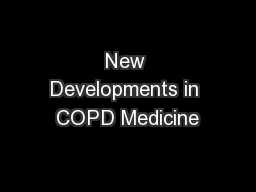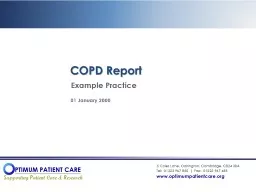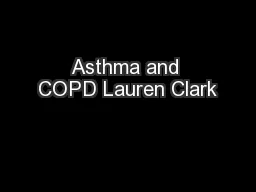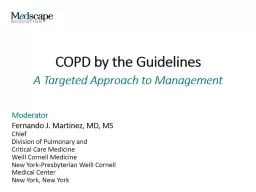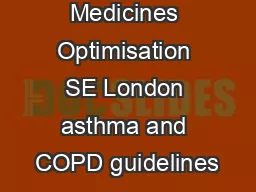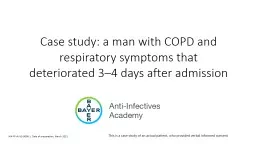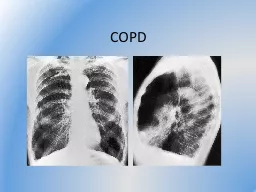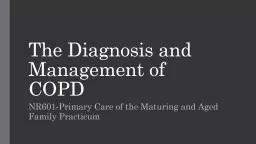PPT-Current management of COPD and when to refer?
Author : danika-pritchard | Published Date : 2018-01-04
Dr Maxine Hardinge Consultant Respiratory Medicine Oxford University Hospitals NHS Foundation Trust Aims of treatment reducing risk and reducing symptoms Inhaled
Presentation Embed Code
Download Presentation
Download Presentation The PPT/PDF document "Current management of COPD and when to r..." is the property of its rightful owner. Permission is granted to download and print the materials on this website for personal, non-commercial use only, and to display it on your personal computer provided you do not modify the materials and that you retain all copyright notices contained in the materials. By downloading content from our website, you accept the terms of this agreement.
Current management of COPD and when to refer?: Transcript
Download Rules Of Document
"Current management of COPD and when to refer?"The content belongs to its owner. You may download and print it for personal use, without modification, and keep all copyright notices. By downloading, you agree to these terms.
Related Documents

